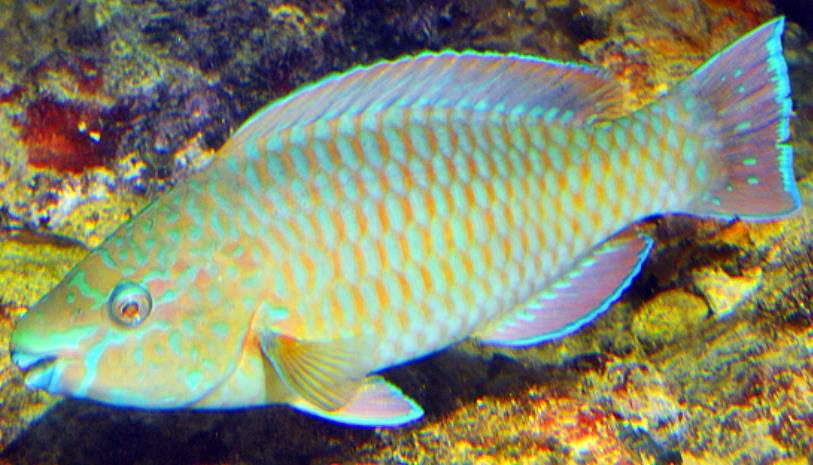
PARROTFISHES - Scaridae

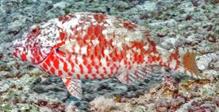
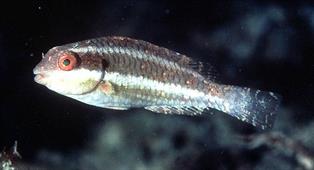
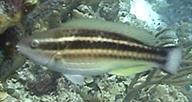
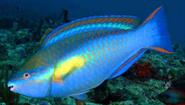




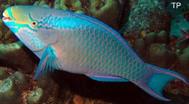
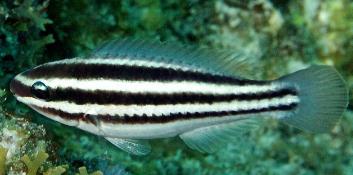


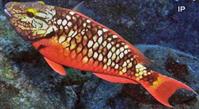



Terminal Phase
Initial Phase
Juvenile
General:
Herbivorous, usually scraping algae from dead coral substrates. Bits of rock eaten with the algae are crushed into sand and ground with the algae to aid in digestion, making parrotfish some of the most important producers of sand on coral reefs.
At night, some species rest enveloped in a mucilagenous secretion - "cocoon", which may hide scent from potential predators.
Sex change seems a common occurrence, with an initial phase (IP) of both males and females, and the latter changing into a brilliantly colored male terminal phase (TP). Terminal males dominate several females; pelagic spawners (there are exceptions to this pattern e.g. Stoplight Parrotfish q.v.)
Spines in dorsal fin 9; soft rays 10. Three spines in anal fin; soft rays 9. One spine in pelvic; soft rays 5. Caudal fin with 11 branched rays. Scales large; cycloid. Lateral line with usually 22-24 scales. Vertebrae 25.
Herbivorous, usually scraping algae from dead coral substrates. Bits of rock eaten with the algae are crushed into sand and ground with the algae to aid in digestion, making parrotfish some of the most important producers of sand on coral reefs.
At night, some species rest enveloped in a mucilagenous secretion - "cocoon", which may hide scent from potential predators.
Sex change seems a common occurrence, with an initial phase (IP) of both males and females, and the latter changing into a brilliantly colored male terminal phase (TP). Terminal males dominate several females; pelagic spawners (there are exceptions to this pattern e.g. Stoplight Parrotfish q.v.)
Spines in dorsal fin 9; soft rays 10. Three spines in anal fin; soft rays 9. One spine in pelvic; soft rays 5. Caudal fin with 11 branched rays. Scales large; cycloid. Lateral line with usually 22-24 scales. Vertebrae 25.
Etymology
Latin, sacrus = a fish described by ancient writers. Derived from Greek, skairo = to jump; due to the legendary jumps and tail bumps, very well known by ancient fishers
Latin, sacrus = a fish described by ancient writers. Derived from Greek, skairo = to jump; due to the legendary jumps and tail bumps, very well known by ancient fishers








